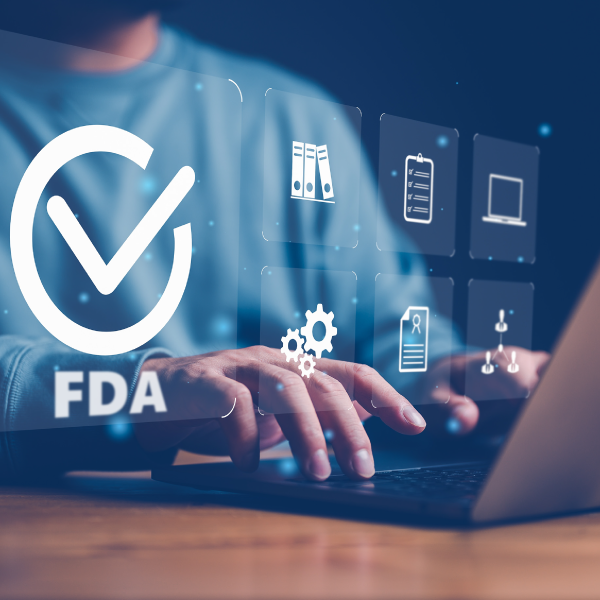Key Takeaways from FDA GCP Inspection Trends in 2021

The FDA oversees clinical trials to ensure they are designed, conducted, analyzed and reported according to federal law and good clinical practice (GCP) regulations.
The FDA’s Office of Regulatory Affairs (ORA) is the lead office for inspections and enforcement. ORA provides inspection and enforcement results at the beginning of each federal fiscal year to maintain transparency and accountability.
Why should FDA inspection and enforcement results be reviewed?
Reviewing FDA inspection and enforcement results from the previous year can help identify common issues, highlight potential quality management gaps, and help an organization identify opportunities for improvement within a clinical research portfolio. It will also help pinpoint the FDA guidance that will direct quality systems improvement and increased compliance.
As a specialist with experience in GCP, I looked at the data from the 2021 results and will share key takeaways including recommendations for 2022 compliance activities in this blog.
What does the 2021 data tell us about FDA inspections overall?
The COVID-19 pandemic greatly affected inspections in 2021. The FDA scheduled alternative inspections and followed regulations that adapted to social distancing and remote work. A majority of inspections were completed toward the end of the fiscal year, as the transmission of COVID-19 slowed, and domestic inspections were dictated geographically by COVID-19 outbreaks.
In addition, we can see the findings from a majority of inspections were No Action Indicated, meaning no regulatory action is indicated, and no regulatory violations were found.
What does the 2021 data tell us about 483 Observations?
- The top results from drug inspections were documentation and discrepancy issues
- The top results from device inspections were documentation and lack of procedure issues
- There was a higher focus on procedural infrastructure and documentation findings due to remote inspections as a result of the COVID-19 pandemic
What does the 2021 data tell us about warning letters?
- The majority of warning letters were filed in March and October
- Drug inspections were the top category for receiving warning letters
- Warning letters were based on reviewing written responses to record requests, not from traditional onsite inspections, due to COVID-19
Key Takeaways from the 2021 data
COVID-19 reduced the FDA’s ability to conduct onsite inspections except for those deemed “mission-critical,” leading to the widespread adoption of alternative approaches such as remote inspections and differing response options for requests for records. The growing uptick in enforcement actions stems from the difficulties of adapting to remote inspection alternatives.
The FDA also issued many guidance documents and new enforcement policies to address the evolving challenges related to manufacturing, supply chain and clinical development seen in 2021. Additionally, the absence of a confirmed FDA commissioner and vacant status of principal deputy commissioner, chief scientist and chief counsel led to a deficit in cohesive policy agenda.
We can also see that in 2021 the FDA decreased its enforcement in traditional areas of focus and shifted its priority to patient regulatory decision-making and patient care.
How should an organization plan for 2022?
Make sure your quality management and control procedures are written and followed. Make sure you have written procedures for production and process controls. Be swift in corrective and preventive actions by maintaining procedures and documenting activities.
Due to the many remote inspections that took place last year, expect more focus on data and security risk in 2022.
Finally, the FDA will most likely withdraw many of its COVID-19 enforcement policies as transmission begins to slow and vaccination continues to rise. Expect a reorganization of key FDA divisions that will signal increased enforcement and a return to inspections that look more “normal.”
By: Melissa Sullivan, Senior Quality and Compliance Specialist
Watch our webinar here.











